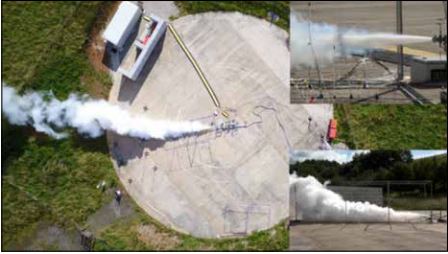Research into the safe use of liquid hydrogen

With the target of net zero carbon emissions by 2050 in
the UK, HSE scientists and engineers are studying
alternatives to fossil fuels, including using hydrogen
as a 'vector' that can be used to store energy
produced in low-carbon ways.
With a greater energy density than the
gaseous form, liquid hydrogen (LH2) could form part of
the UK's energy strategy in the future.
In order to enable the safe and widespread
adoption of LH2 as an energy storage and
transportation method, the PresLHy consortium has
studied several high-risk and poorly understood
phenomena relating to the substance.
How is HSE helping?
Scientists and engineers at HSE's Science and Research
Centre conducted a series of 57 full-scale experiments
to investigate the behaviour of LH2 in an accidental
spillage scenario.
These investigations focused on three main
aspects: the release and dispersion characteristics of
a spill, the propensity for a spill to generate an
electrostatic charge capable of igniting a hydrogen
cloud, and the effect of congestion on an ignited cloud
of hydrogen.
A limited number of experiments were also designed
to study the effect that common emergency response
techniques have on LH2 spills. Both a sprinkler system
and fire hose were deployed on a pool of LH2 to
investigate the potential for rapid
boiling.
What did we learn?
The experimental series yielded valuable data including
direct measurements of the mass flow rate of the LH2 liquid
hydrogen in the pipework, in what could be a world
first.
This data will help to inform potential accident
prevention and mitigation measures as members of the PresLHy
consortium continue to develop engineering safety tools and a
liquid hydrogen handbook that will enable industry to adopt the
technology with more confidence.
HSE, (2021). Sixth Annual Science Review,
pp.49-50.
Back to the top